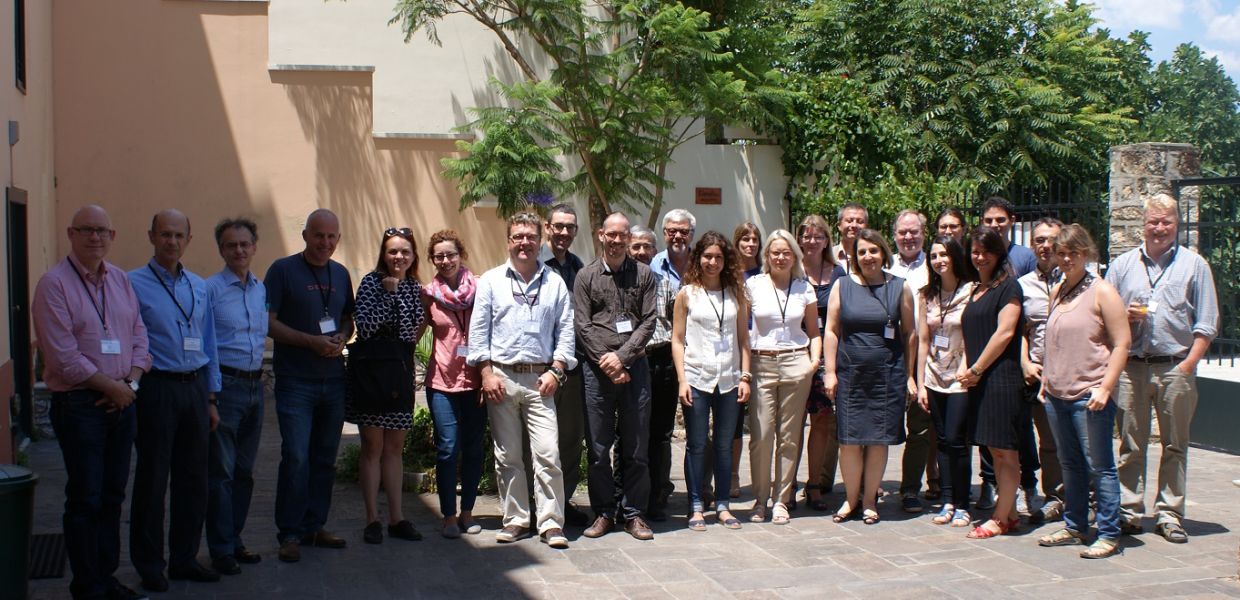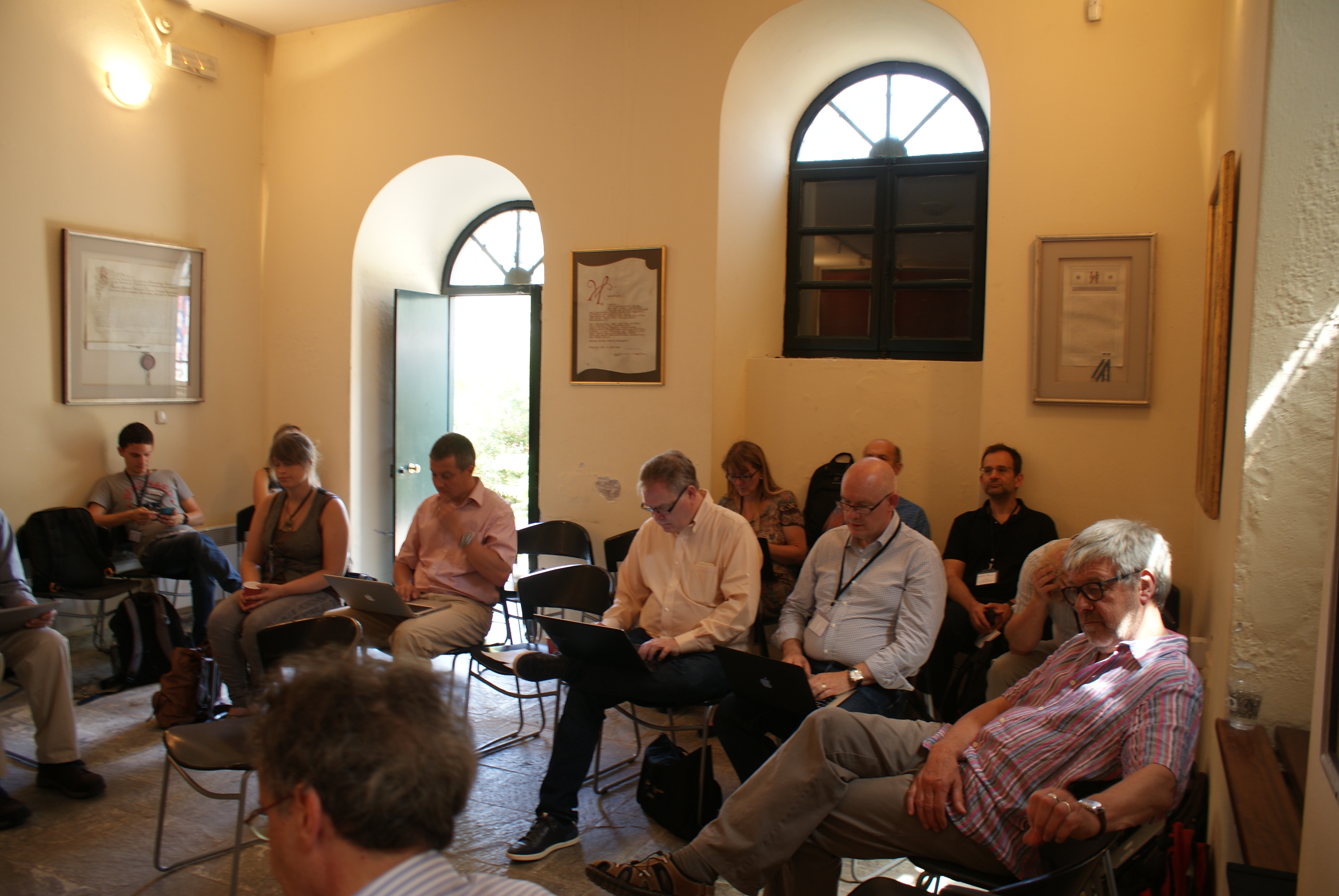“Archaeologists like us”: One ring to rule us all?

During a recent ARIADNE Expert Forum on the digital futures of archaeological practice held in Athens, Professor Gary Lock expressed a rather provocative idea: Digital Archaeology, he said, may be an established self-contained sub-discipline of Archaeology. It sounded interesting. If Digital Archaeology is indeed a sub-discipline of Archaeology, let alone a self-contained one, one would be safe to assume that Archaeology is indeed a self-contained discipline in its own right.
Elementary grammar might suggest that “Classical Archaeology” is a sub-discipline that forms an integral part of one subject – Archaeology – and has especially close links with another – Classics. But elementary grammar, here as in some other instances, is profoundly misleading. Thus wrote Anthony Snodgrass[1] in the mid-eighties, when academic musings on the semantic constructs of Archaeology were perpetuating an intellectual dialogue with Jean-Claude Gardin, who, in 1980, extensively discussed what he saw as the logical and semantic constructs which constitute or underlie Archaeology as a scholarly discipline.[2] By intellectual discipline, Gardin referred to all those aspects of the field that are not essentially practical and technical, namely all archaeological endeavours outside of fieldwork and technical/laboratory work, later to be challenged by Ian Hodder,[3] as well as Snodgrass’ own student, Ian Morris, who emphatically stated that “Archaeology is cultural history or it is nothing”.[4]

Photo taken at the Ariadne Expert Forum: Sub-disciplines were as many as the people in the room.
But where does this all leave us today that Archaeology is increasingly becoming digital, at a time when digital research infrastructures across Europe attempt to support digital research in the Humanities through meeting documented user needs of the so-called research communities? How helpful is it, really, to view Archaeology as one solid discipline, or, in fact, Digital Archaeology as a self-contained sub-discipline, when almost all empirical studies on user requirements in the context of digital research infrastructures have revealed numerous underlying variations in the ways Archaeologists carry out research? Are their methods, activities, resources, research goals and schools of thought similar, and if yes in what ways? And, if not, then how does this affect the design of effective user-centred digital research infrastructures?
Almost fifteen years ago I embarked on doctoral research in Archaeology. In a way, my thesis was both classic and Classical: I employed very conventional research methods and absolutely basic tools to produce a piece of work on fifth century B.C. Corinthia. I used Microsoft Word, Excel, Access, and Illustrator. That was it, and yet I had managed to reconstruct and re-interpret the one of the most turbulent periods of Corinthian History. Right across from me at the ARIADNE Expert Forum sat Martin Duffy, whose PhD thesis focuses on settlement and landscape in the early medieval kingdom of Brega, in Ireland, and covers a period of seven centuries, from 400-1100 AD. Martin is working within a very sophisticated GIS framework to utilize new data and create changing models of settlement and landscape organization.
Needless to argue, Martin and I are both archaeologists. But to what extent really do we both belong to the same discipline? Apart from some similar basic university units we may - or may not - have taken during our early bachelor years, to what extent do we employ the same research methods? And are there differences in the way we use existing digital tools and services? Yes, there certainly are and one cannot hide from them.
Digital research infrastructures should look at Archaeology - Digital or non - as a set of numerous hardly self-contained sub-disciplines; Archaeological research sub-communities are not autonomous or self-sufficient. Rather, they are co-dependent, interdisciplinary and largely inhomogeneous. Only those digital research infrastructures which address this granularity in sub-communities of practice and their respective user needs are to be meaningful to researchers. As Ian Hodder put it recently, One of the things I thought was very important during the 1980s was the idea that culture is meaningfully constituted. I still think that is right. But now, I put the emphasis on the "meaningful constitution"rather than the "cultural" bit. (...) I prefer to break it down and talk about the various processes that constitute it.[5]
[1] Snodgrass, A.M., “An Archaeology of Greece: The Present State and Future Scope of a Discipline:, University of California Press, 1987.
[2] Gardin, J-C., “Archaeological Constructs: An Aspect of Theoretical Archaeology”, Cambridge University Press, 1980.
[3] Hodder, I., “Theory and Practice in Archaeology”, Routledge, 1992.
[4] Morris, I., “Archaeology as Cultural History – Words and Things in Iron Age Greece”, Wiley-Blackwell, 1991.
[5] To The Trowel's Edge: An Interview with Ian Hodder, http://ucexchange.uchicago.edu/interviews/hodder.html (consulted on 10.07.2015)
